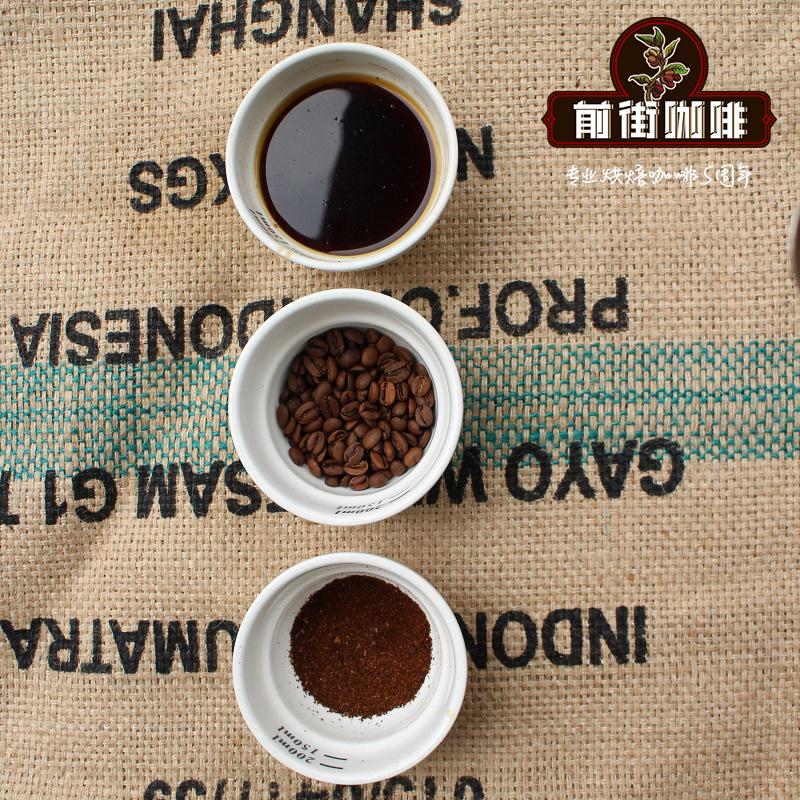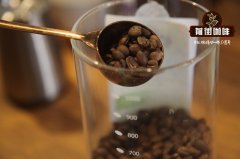The flavor characteristics of Mavis Bank Manor in the Blue Mountains of Jamaica and its introduction
JAMAICA BLUE MOUNTAIN MAVIS BANK ESTATE
Marvis Bank Manor in the Blue Mountains, Jamaica
Place of origin: Jamaica
Production area: legal Blue Mountain planting area
Manor: Marvis Bank
Production variety: iron card seed (Typical)
Harvest period: January to March
Planting height: 1200m
Processing method: Washed/sun dried
Particle size: more than 17 mesh.
The unique flavor of Blue Mountain Coffee is related to its unique geographical location and climatic conditions. The Blue Mountain Coffee Belt lies between 25 degrees north latitude and 25 degrees south latitude. There is fertile new volcanic soil, fresh air, no pollution, rainy all the year round, and a large temperature difference between day and night (the average precipitation is 1980 mm and the temperature is about 27 degrees). The important thing is that every afternoon, clouds cover the top of the mountain, which not only shades the coffee trees naturally, but also brings abundant water vapor, which makes the taste and aroma of Blue Mountain coffee outstanding.
Only coffee grown in the Blue Mountain area above 2000 feet above sea level can be called Blue Mountain Coffee. Coffee beans from lower mountain areas can only be called "Jamaican alpine coffee". The same coffee tree species, whether planted anywhere in Hawaii or Kenya with a similar climate, can not produce the unique flavor of Blue Mountain coffee beans.
Pure Jamaican Blue Mountain Coffee is unmatched by any other coffee. People who love Blue Mountain Coffee call it "a coffee beauty that combines all the advantages of good coffee. It tastes fragrant, smooth, mellow and feels as precious as a gem."
Mavis Bank Central Factory (M.B.C.F.)
In the towering blue mountains of eastern Jamaica, the morning light passes through the early morning fog to see the rural town of Mavis Bank. This is the origin of the noble "black gold" of Jamaica, the hometown of the Mavis Bank central factory, the world's beloved Blue Mountain Coffee, the origin of Jamaica Blue Mountain.
Deep in the Blue Mountains, about 3000 feet high, is a factory with a complete set of processing equipment that processes coffee fruits into beverages. Cecil Augustus Munn first grew and processed Blue Mountain coffee on strawberry hills. His son Victor further expanded the business by setting up the Mavis Bank central factory in 1920. Victor's nephew, Keble, inherited the family tradition and legacy. Mr. Keble Munn is a former Minister of Agriculture of Jamaica, a certified coffee taster in Jamaica, and recently won the American Special Coffee Association Lifetime Achievement Award.
Under the leadership of Mr. Munn and with the support of Mr. Norman Grant, a certified coffee taster and business manager, the Mavis Bank factory has been continuously improved for many years and now produces 40% of the Blue Mountain Coffee on the island. Because of their special skills and high enthusiasm, the Munn family produces quality coffee. The coffee beans they produce bear the trademark M.B.C.F. (Mavis Bank Central Factory).
More than 70 per cent of coffee produced by Mavis Bank Central Factory is exported, most of which are clearly marked with M.B.C.F. In the coffee bucket.
Since 1885, the Munn family has produced the world's most expensive coffee for four generations. Today, Edgar Munn continues the family tradition of bringing 100% Jamaican Blue Mountain Coffee directly to you.
Mavis Bank has always been a place where time seems to be at a standstill. It is in a corner of the world, where modern conveniences are ignored in this undamaged land. Simple sounds and small temperature changes are amplified. Because of the ideal height, mineral-rich soil, frivolous clouds, mountain shadows and plenty of sunlight, coffee berries grown in the Blue Mountains take longer to ripen than other coffees. Some people think that more time makes it rich in flavor and unique aroma can grow. Others believe that more time allows its unique iconic traits to develop.

Important Notice :
前街咖啡 FrontStreet Coffee has moved to new addredd:
FrontStreet Coffee Address: 315,Donghua East Road,GuangZhou
Tel:020 38364473
- Prev

Coffee Flavor in Uraga, Ethiopia. Is Dugo Abdullah Coffee good?
Professional coffee knowledge exchange more coffee bean information please follow the coffee workshop (Wechat official account cafe_style) Uraga Sidamo Ethiopia Ethiopia Uraga G1 country: Ethiopia Ethiopia production area: Sidamo Wulaga Uraga Sidamo varieties: Heirloom native seed treatment: washing altitude: 1800m flavor: lemon, apple, citrus
- Next

Costa Rican raisin honey treated coffee beans Milasu Rosa coffee beans brewing flavor and taste
Professional coffee knowledge exchange more coffee bean information please follow the coffee workshop (Wechat official account cafe_style) Costa Rica Catajo raisin honey treatment floral, bergamot, caramel Catajo from Costa Rica Milasu estate, is a rose, SL28, Maico, ET47 four beans in the raw bean mixed fermentation of coffee beans. Using the method of raisin honey treatment
Related
- Detailed explanation of Jadeite planting Land in Panamanian Jadeite Manor introduction to the grading system of Jadeite competitive bidding, Red bid, Green bid and Rose Summer
- Story of Coffee planting in Brenka region of Costa Rica Stonehenge Manor anaerobic heavy honey treatment of flavor mouth
- What's on the barrel of Blue Mountain Coffee beans?
- Can American coffee also pull flowers? How to use hot American style to pull out a good-looking pattern?
- Can you make a cold extract with coffee beans? What is the right proportion for cold-extracted coffee formula?
- Indonesian PWN Gold Mandrine Coffee Origin Features Flavor How to Chong? Mandolin coffee is American.
- A brief introduction to the flavor characteristics of Brazilian yellow bourbon coffee beans
- What is the effect of different water quality on the flavor of cold-extracted coffee? What kind of water is best for brewing coffee?
- Why do you think of Rose Summer whenever you mention Panamanian coffee?
- Introduction to the characteristics of authentic blue mountain coffee bean producing areas? What is the CIB Coffee Authority in Jamaica?

